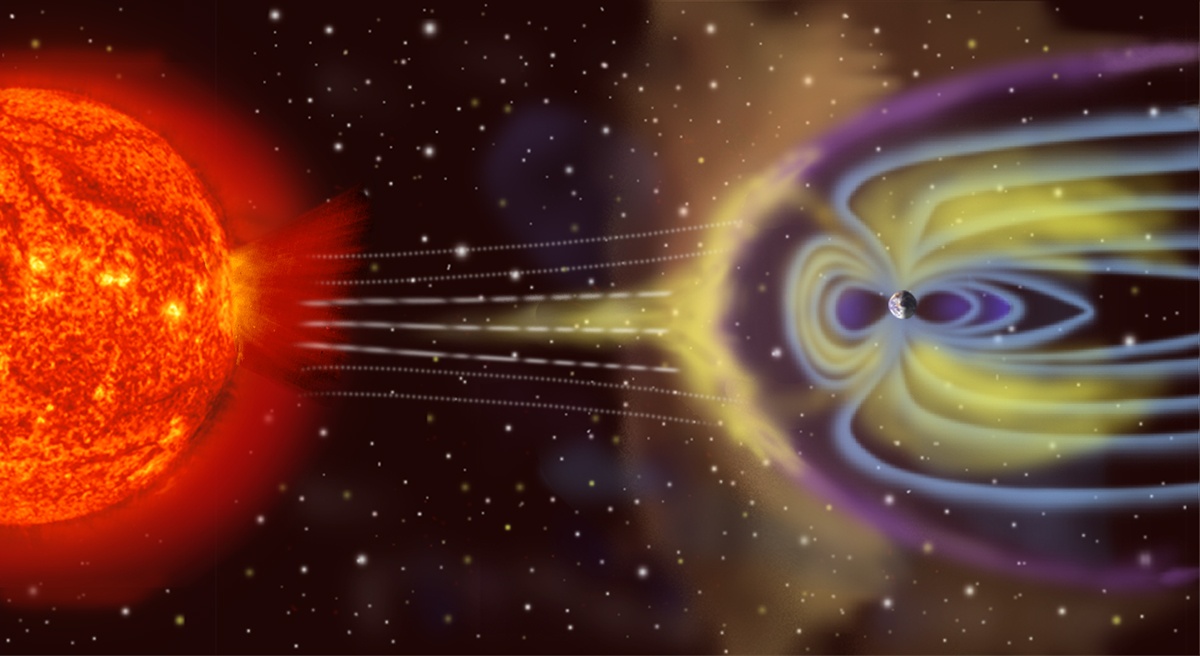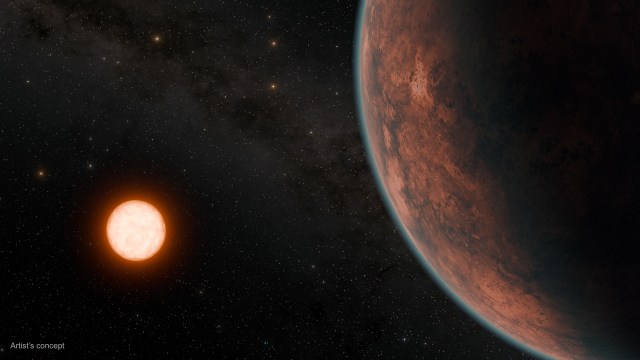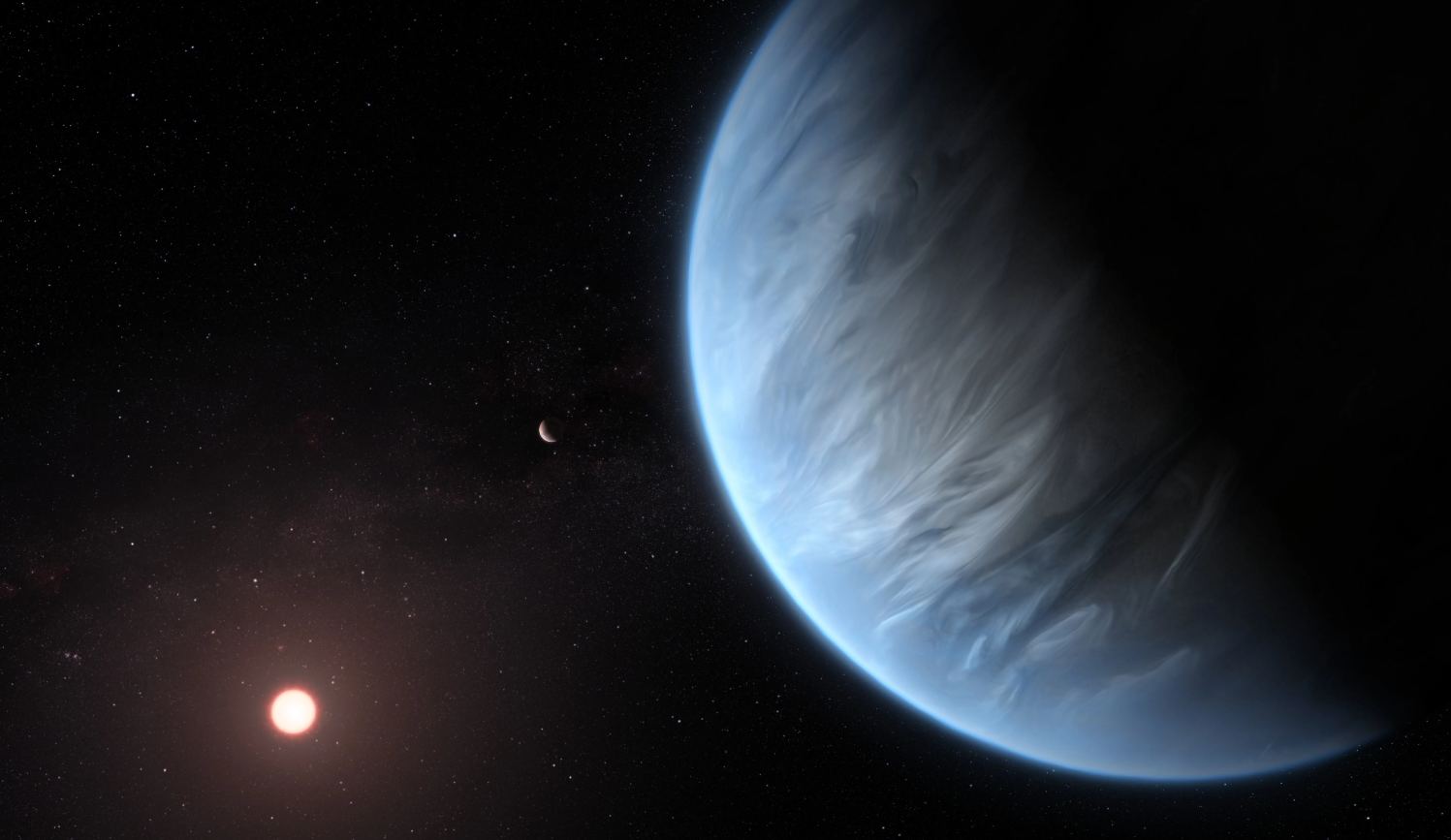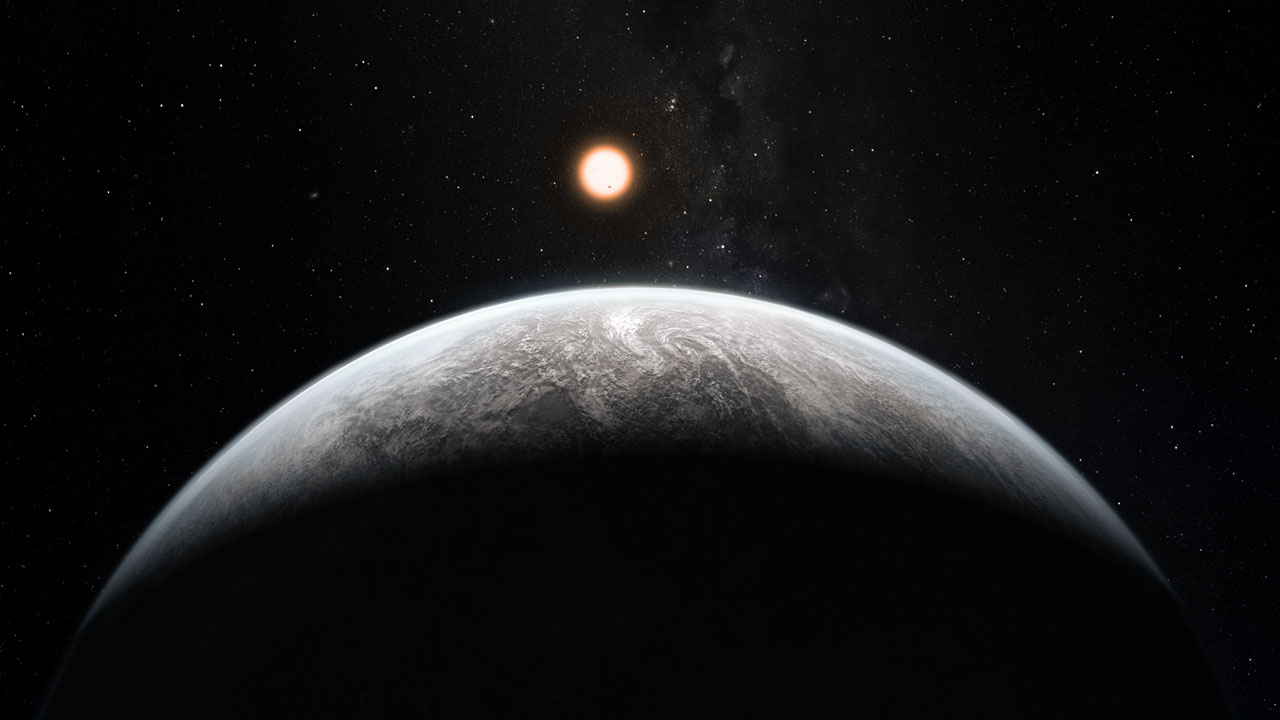How common are Earth-like exoplanets—also called exo-Earths—and which exoplanetary systems should we target to find them? This is what a recently submitted study hopes to address as a team of researchers investigated potential targets for the planned Habitable Worlds Observatory (HWO), which was recommended during the Decadal Survey on Astronomy and Astrophysics 2020 (Astro2020) and is slated to launch in the 2040s. Most notably, HWO will use the direct imaging method to identify exo-Earths, and this study holds the potential to create a more scientifically cost-effective approach for identifying and studying exoplanets.
Continue reading “Earth-like exoplanets might be in short supply for the Habitable Worlds Observatory”Planetary Habitability Depends on its Star’s Magnetic Field
The extrasolar planet census recently passed a major milestone, with 5500 confirmed candidates in 4,243 solar systems. With so many exoplanets available for study, astronomers have learned a great deal about the types of planets that exist in our galaxy and have been rethinking several preconceived notions. These include the notion of “habitability” and whether Earth is the standard by which this should be measured – i.e., could there be “super habitable” exoplanets out there? – and the very concept of the circumsolar habitable zone (CHZ).
Traditionally, astronomers have defined habitable zones based on the type of star and the orbital distance where a planet would be warm enough to maintain liquid water on its surface. But in recent years, other factors have been considered, including the presence of planetary magnetic fields and whether they get enough ultraviolet light. In a recent study, a team from Rice University extended the definition of a CHZ to include a star’s magnetic field. Their findings could have significant implications in the search for life on other planets (aka. astrobiology).
Continue reading “Planetary Habitability Depends on its Star’s Magnetic Field”A Mini-Neptune in the Habitable Zone in a Binary Star System
Sometimes, it seems like habitable worlds can pop up almost anywhere in the universe. A recent paper from a team of citizen scientists led by researchers at the Flatiron Institute might have found an excellent candidate to look for one – on a moon orbiting a mini-Neptune orbiting a star that is also orbited by another star.
Continue reading “A Mini-Neptune in the Habitable Zone in a Binary Star System”A New Venus-Sized World Found in the Habitable Zone of its Star
The parade of interesting new exoplanets continues. Today, NASA issued a press release announcing the discovery of a new exoplanet in the Gliese 12 system, sized somewhere between Earth and Venus and inside the host star’s habitable zone. Two papers detail the discovery, but both teams think that the planet is an excellent candidate for follow-up with the James Webb Space Telescope (JWST) to try to tease out whether it has an atmosphere and, if so, what that atmosphere is made of.
Continue reading “A New Venus-Sized World Found in the Habitable Zone of its Star”The Seven Most Intriguing Worlds to Search for Advanced Civilizations (So Far)
Sometimes, the easy calculations are the most interesting. A recent paper from Balázs Bradák of Kobe University in Japan is a case in point. In it, he takes an admittedly simplistic approach but comes up with seven known exoplanets that could hold the key to the biggest question of them all – are we alone?
Continue reading “The Seven Most Intriguing Worlds to Search for Advanced Civilizations (So Far)”Did the Galileo Mission Find Life on Earth?
In the Fall of 1989, the Galileo spacecraft was launched into space, bound for Jupiter and its family of moons. Given the great distance to the king of planets, Galileo had to take a roundabout tour through the inner solar system, making a flyby of Venus in 1990 and Earth in 1990 and 1992 just to gain enough speed to reach Jupiter. During the flybys of Earth Galileo took several images of our planet, which astronomers have used to discover life on Earth.
Continue reading “Did the Galileo Mission Find Life on Earth?”The Combination of Oxygen and Methane Could Reveal the Presence of Life on Another World
In searching for life in the Universe, a field known as astrobiology, scientists rely on Earth as a template for biological and evolutionary processes. This includes searching for Earth analogs, rocky planets that orbit within their parent star’s habitable zone (HZ) and have atmospheres composed of nitrogen, oxygen, and carbon dioxide. However, Earth’s atmosphere has evolved considerably over time from a toxic plume of nitrogen, carbon dioxide, and traces of volcanic gas. Over time, the emergence of photosynthetic organisms caused a transition, leading to the atmosphere we see today.
The last 500 million years, known as the Phanerozoic Eon, have been particularly significant for the evolution of Earth’s atmosphere and terrestrial species. This period saw a significant rise in oxygen content and the emergence of animals, dinosaurs, and embryophyta (land plants). Unfortunately, the resulting transmission spectra are missing in our search for signs of life in exoplanet atmospheres. To address this gap, a team of Cornell researchers created a simulation of the atmosphere during the Phanerozoic Eon, which could have significant implications in the search for life on extrasolar planets.
Continue reading “The Combination of Oxygen and Methane Could Reveal the Presence of Life on Another World”Chinese Scientists Complete a Concept Study for a 6-Meter Space Telescope to Find Habitable Exoplanets
We have discovered more than 5,400 planets in the universe. These worlds range from hot jovians that closely orbit their star to warm ocean worlds to cold gas giants. While we know they are there, we don’t know much about them. Characteristics such as mass and size are fairly straightforward to measure, but other properties such as temperature and atmospheric composition are more difficult. So the next generation of telescopes will try to capture that information, including one proposed telescope from the Chinese National Space Administration.
Continue reading “Chinese Scientists Complete a Concept Study for a 6-Meter Space Telescope to Find Habitable Exoplanets”A New Place to Search for Habitable Planets: “The Soot Line.”
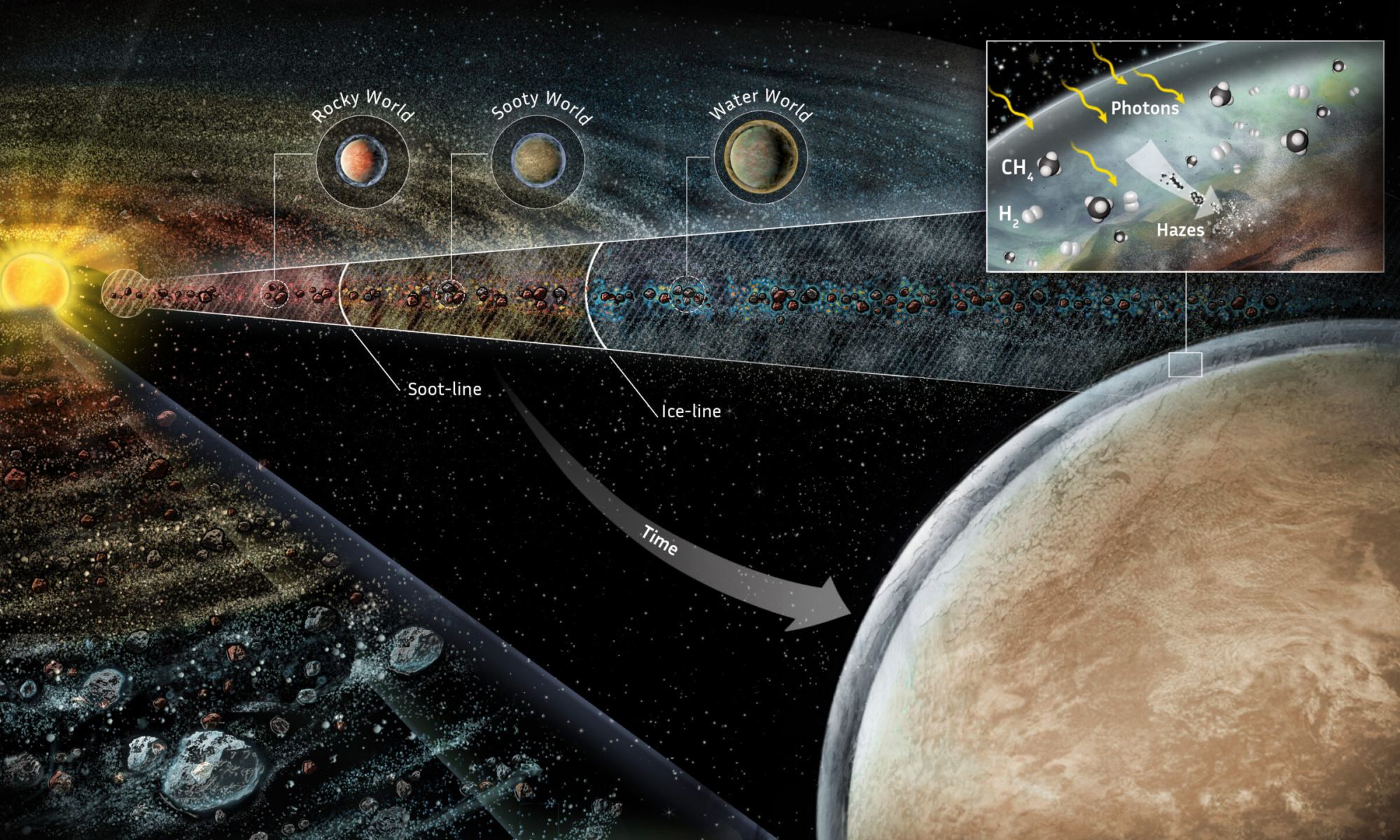
The habitable zone is the region around a star where planets can maintain liquid water on their surface. It’s axiomatic that planets with liquid water are the best places to look for life, and astronomers focus their search on that zone. As far as we can tell, no water equals no life.
But new research suggests another delineation in solar systems that could influence habitability: The Soot Line.
Continue reading “A New Place to Search for Habitable Planets: “The Soot Line.””Do Red Dwarfs Provide Enough Sunlight for Plants to Grow?

To date, 5,250 extrasolar planets have been confirmed in 3,921 systems, with another 9,208 candidates awaiting confirmation. Of these, 195 planets have been identified as “terrestrial” (or “Earth-like“), meaning that they are similar in size, mass, and composition to Earth. Interestingly, many of these planets have been found orbiting within the circumsolar habitable zones (aka. “Goldilocks zone”) of M-type red dwarf stars. Examples include the closest exoplanet to the Solar System (Proxima b) and the seven-planet system of TRAPPIST-1.
These discoveries have further fueled the debate of whether or not these planets could be “potentially-habitable,” with arguments emphasizing everything from tidal locking, flare activity, the presence of water, too much water (i.e., “water worlds“), and more. In a new study from the University of Padua, a team of astrobiologists simulated how photosynthetic organisms (cyanobacteria) would fare on a planet orbiting a red dwarf. Their results experimentally demonstrated that oxygen photosynthesis could occur under red suns, which is good news for those looking for life beyond Earth!
Continue reading “Do Red Dwarfs Provide Enough Sunlight for Plants to Grow?”

